Marty Snider and Jeff Burton delve into the remarkable events at Bristol Speedway, where tire wear played a pivotal role in shaping the outcome of the race. With a staggering 54 lead changes, the race set a new track record, showcasing the intense competition among drivers.
Despite the challenges posed by excessive tire wear, Denny Hamlin emerged triumphant in the Cup Series event, demonstrating exceptional skill and strategy.
Snider and Burton analyze the significance of tire wear in the context of NASCAR racing, highlighting its impact on race dynamics and strategy. They emphasize how managing tire degradation became a critical factor for drivers, influencing their performance and decision-making throughout the race.
This heightened emphasis on tire management added an extra layer of complexity to the competition, testing the skill and adaptability of both drivers and teams.
The duo reflects on the broader implications of Bristol’s tire wear phenomenon, suggesting that it represents a positive step forward for the sport. They argue that such challenges contribute to more engaging and unpredictable racing, captivating audiences and revitalizing interest in NASCAR.
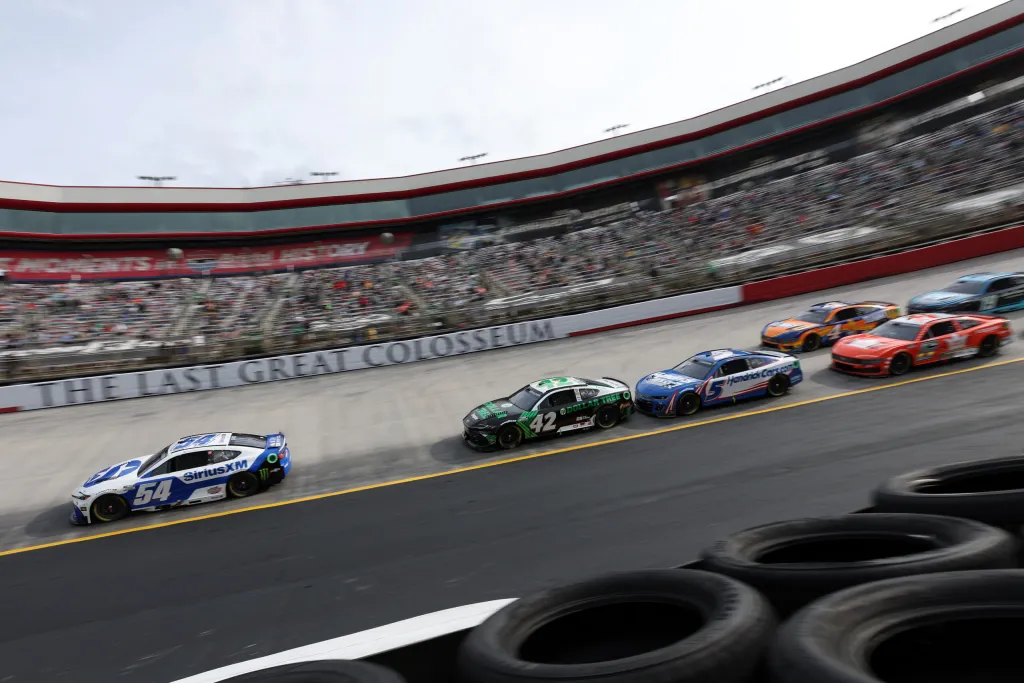
By embracing the unpredictability of tire wear, NASCAR could foster a more competitive and entertaining racing environment, attracting new fans and revitalizing the sport’s legacy.
Related Articles:
- Tim McCreadie Leaves Paylor Motorsports Team
- Browns Player Possibly Reveals Major NFL News Involving Eagles
- Fatal Crash on I-795: Alleged Street-Racing Driver Killed in Collision
In conclusion, Snider and Burton applaud Bristol’s tire wear as a catalyst for thrilling racing action and commend Denny Hamlin’s victory as a testament to his prowess on the track.
They express optimism for the future of NASCAR, envisioning more exhilarating races driven by strategic tire management and intense competition.

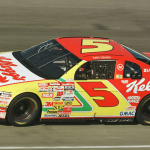






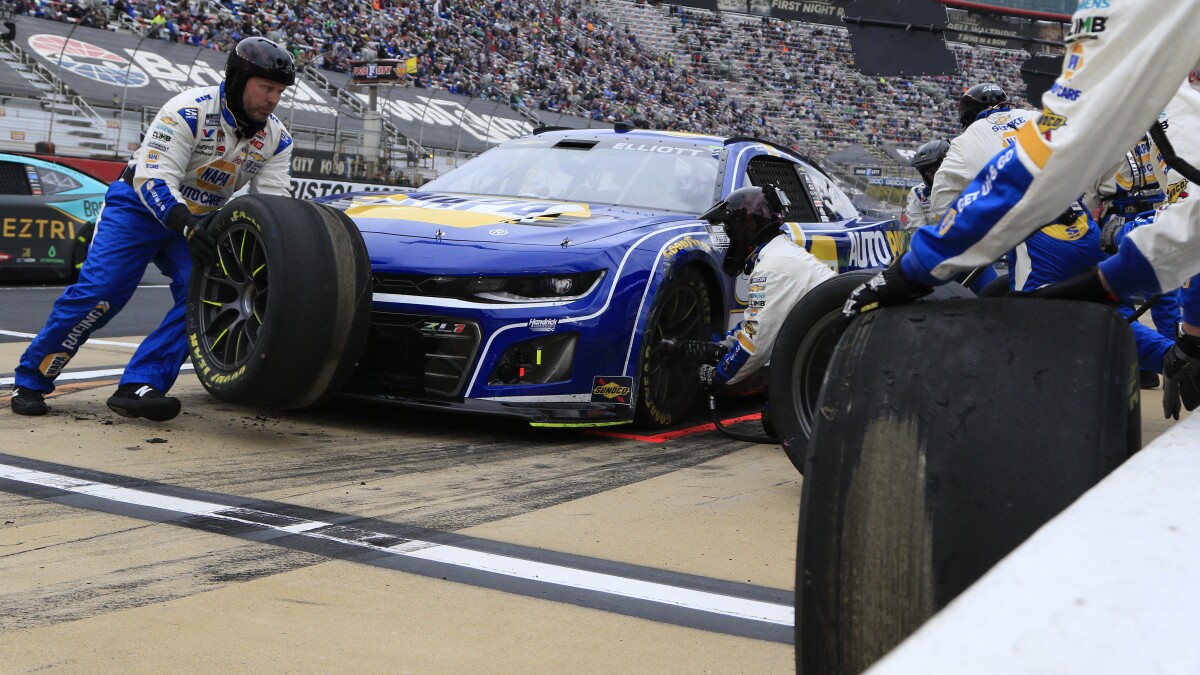
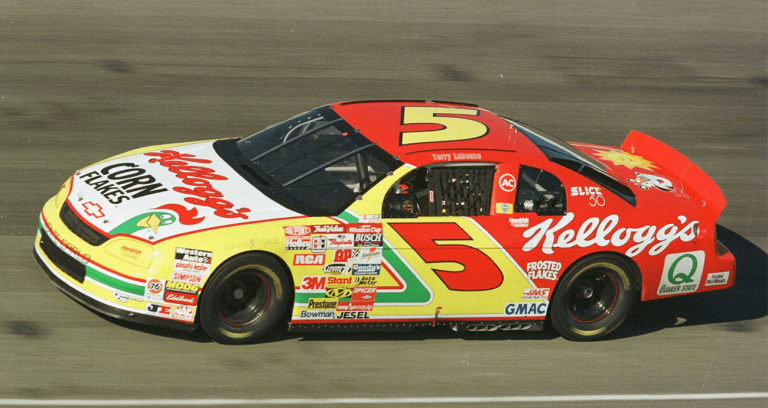
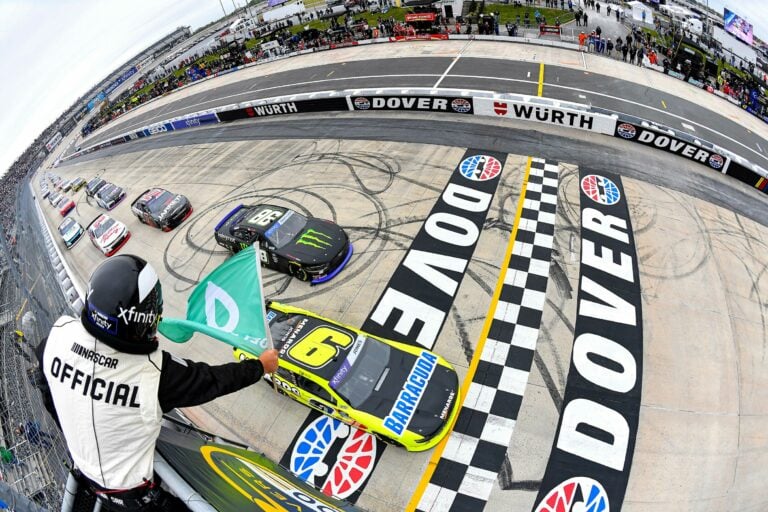

+ There are no comments
Add yours